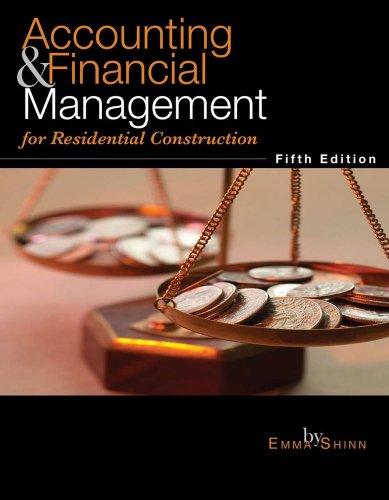Answered step by step
Verified Expert Solution
Question
1 Approved Answer
Required information [The following information applies to the questions displayed below.] Assume for each of the following independent cases that the annual accounting period ends
Required information
[The following information applies to the questions displayed below.]
Assume for each of the following independent cases that the annual accounting period ends on December 31 and that the total of all revenue accounts was $155,000 and the total of all expense accounts was $132,500.
| Case A: | Assume that the business is a sole proprietorship owned by Proprietor A. Prior to the closing entries, the Capital account reflected a credit balance of $55,000 and the Drawings account showed a balance of $8,500. | |
| Case B: | Assume that the business is a partnership owned by Partner A and Partner B. Prior to the closing entries, the owners equity accounts reflected the following balances: A, Capital, $45,000; B, Capital, $43,000; A, Drawings, $5,500; and B, Drawings, $9,500. Profits and losses are divided equally. | |
| Case C: | Assume that the business is a corporation. Prior to the closing entries, the stockholders equity accounts showed the following: Capital Stock, par $10, authorized 35,000 shares, outstanding 17,500 shares; Additional Paid-In Capital, $5,500; Retained Earnings, $70,000. No dividends were declared. |
Required:
- Prepare all the closing entries required at December 31 for each of the cases. (If no entry is required for a transaction/event, select "No Journal Entry Required" in the first account field.)
Step by Step Solution
There are 3 Steps involved in it
Step: 1

Get Instant Access to Expert-Tailored Solutions
See step-by-step solutions with expert insights and AI powered tools for academic success
Step: 2

Step: 3

Ace Your Homework with AI
Get the answers you need in no time with our AI-driven, step-by-step assistance
Get Started


